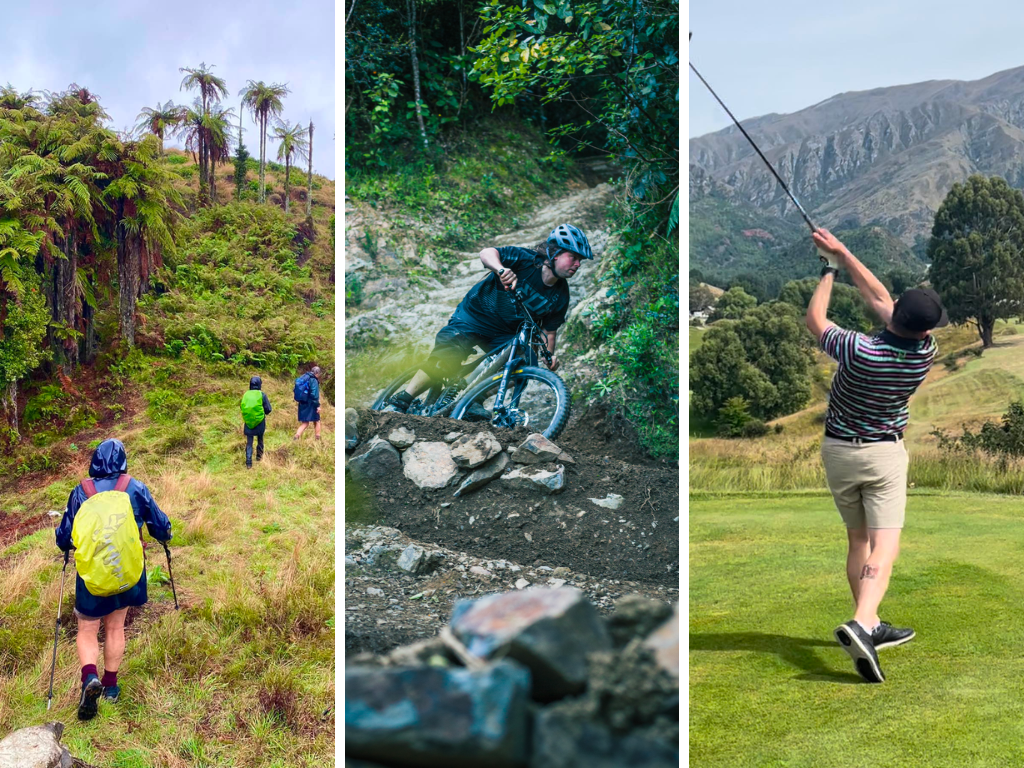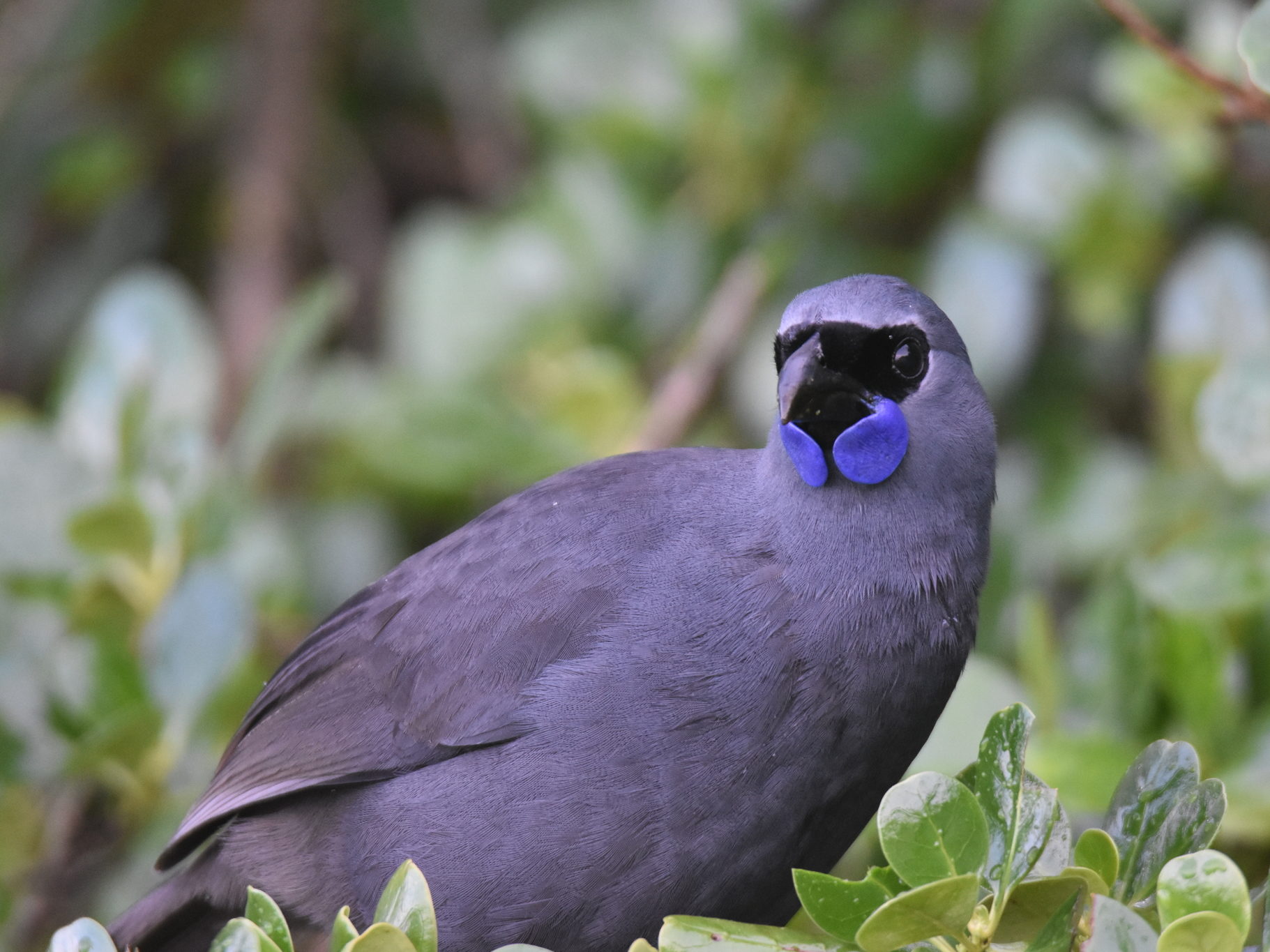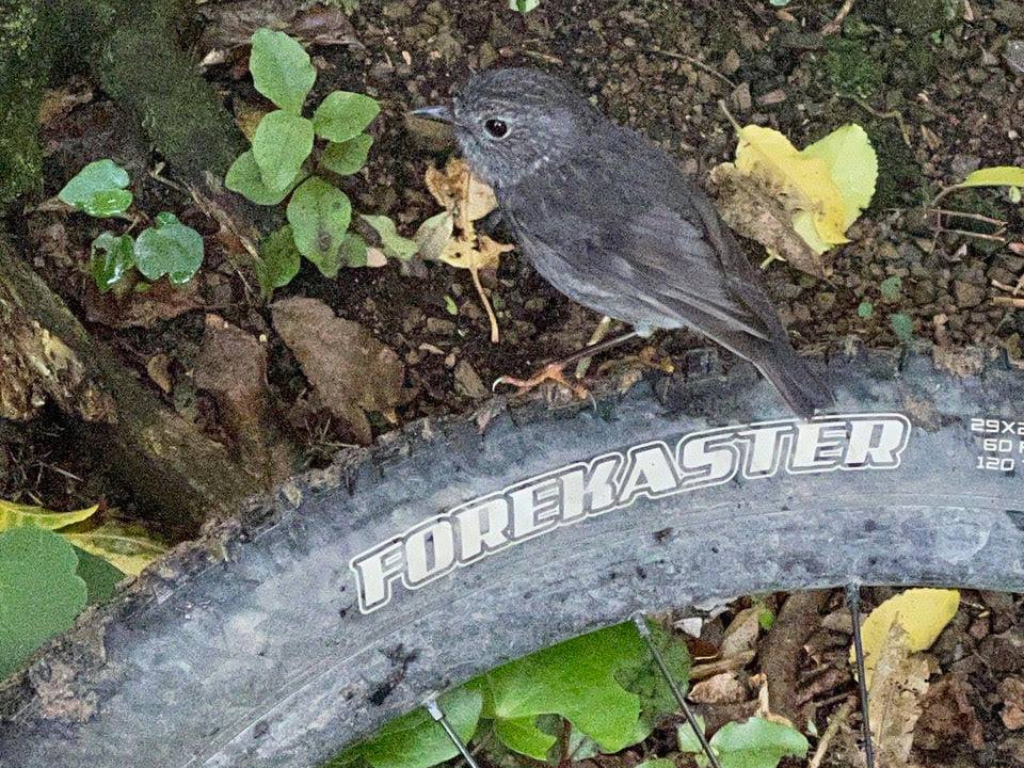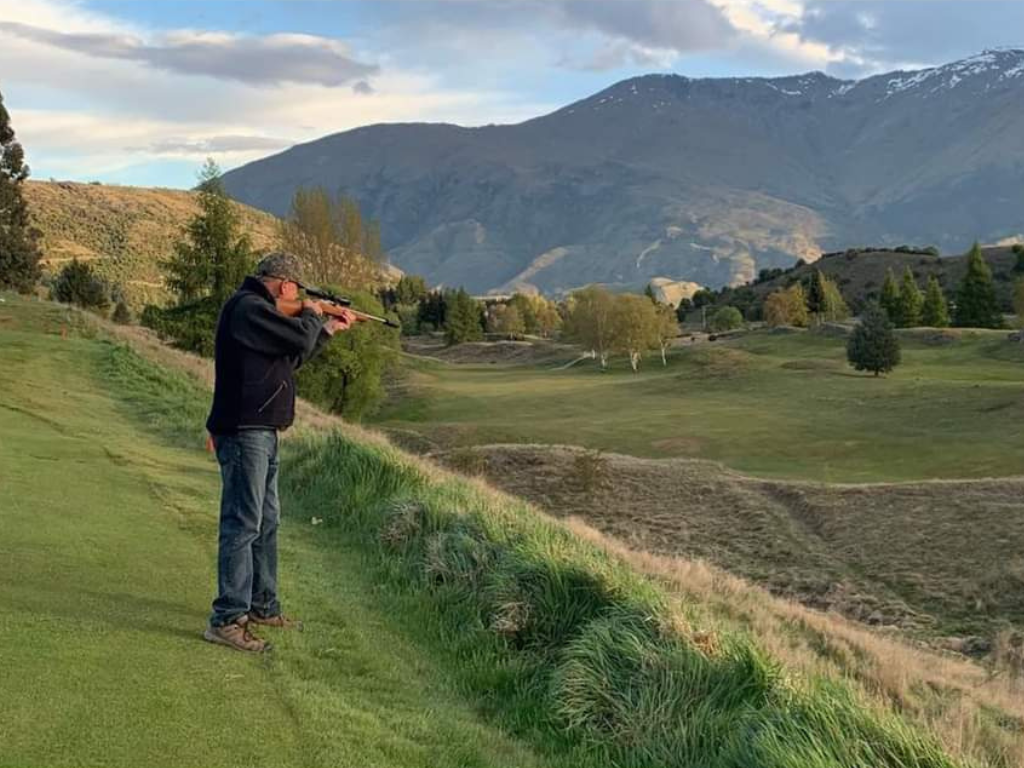Every weekend, thousands of us find our fun by trudging up mountains or hurtling down them on bikes. Others play a round of golf or squeeze into tiny shoes to scale rock faces. But whatever your outdoor sport, chances are you’re not just there for the exercise. Being outdoors connects us to the plants, animals, and landscapes that make Aotearoa special. So, it’s no wonder many outdoor sports clubs are combining recreation with conservation to give back to the places they love.

Tramping for kōkako
Recreational tramping clubs have been around for more than a hundred years. A lot has changed since those early days – women can wear pants and backpacks are no longer canvas on wooden frames. But one thing has never changed – trampers are passionate about protecting wild places.

Auckland Tramping Club (ATC) have put this passion to good use. In 2011 they started doing predator control work in the North West Pureora Forest to help save the North Island kōkako that live there. President of the ATC, Tony Walton, says at that time “kōkako were declining dramatically in the forest.”
Worried the birds might disappear from the Pureora, the ATC stepped in. The club has mustered its members for six working bees a year for the last decade. The team spend their days changing out bait stations in the bush.
“We have people who come back every year, it’s a nice social time,” Tony says.
It’s double duty for club members who get to protect kōkako and keep fit at the same time. “People put a bit of work in, but when they go there and hear the birds singing, it’s really quite wonderful,” Tony says. “It’s not just the kōkako that benefit – the wider birdlife is so much healthier than it was ten years ago.”
Chain reaction: bikes, bush and birds

Mākara Maunga Pahikara (Mākara Peak Mountain Bike Park) boasts the largest trail network in the lower North Island. Winding through 250 hectares of regenerating native forest, the top-class trails offer panoramic views of Te Whanganui-a-Tara (Wellington) and beyond.
But it wasn’t always bustling with bikes and birds. The Park was set up in 1998 by a core group passionate about mountain biking and conservation. Andrew McLellan is on the conservation committee for the Park and says regenerating the forest and managing introduced predators was an important part of the vision from the get-go. “We didn’t just want to build a world-class mountain bike park; we wanted to do it in a restored native forest,” he says.
These days around 40 people volunteer their time as trappers. Each volunteer manages a trap line or two, checking it once a month. Andrew explains that they designed the lines along existing tracks “because if you want volunteers to look after traps, it’s easier if it’s a line they walk or ride normally. Plus, introduced predators prefer a nice trail walk to a rugged bush bash just like we do.”
There are more than 600 traps scattered throughout the Park, neighbouring council reserves and private land. Wellington City Council provides most of the traps and hardware needed to keep the network going.
With overflow nature from nearby Zealandia and kiwi recently released into the neighbouring hills, Mākara Peak is now home to an impressive array of native birds, lizards and invertebrates, with exciting prospects on the horizon for reintroductions of rare species.
Doing it for the birdies

Arrowtown might top the charts for quaint charm, but this little South Island town has its share of introduced predators too. So, with the help of its members, the Arrowtown Golf Club decided to start trapping.
Doug Frew manages the 25 traps scattered around the course, changing out bait every couple of weeks. While an accident has limited his golf, looking after the traps means he’s still actively involved in the club. Doug’s caught stoats, ferrets, rats, hedgehogs and rabbits. He enjoys the routine and says, “it’s always interesting when you go out to see what’s been caught.” He’s grateful for the support and advice about trapping from Bonnie Wilkins from Southern Lakes Sanctuary and Whakatipu Wildlife Trust.
Arrowtown is also home to an exploding rabbit population. Rabbits don’t threaten native wildlife, but their digging and tunnelling damages native plants and landscapes. And with a penchant for freshly mown lawns, where better to get a feed than a golf course?
David Taylor is a golf club member and volunteers his time as a rabbit shooter. “Rabbits think a golf course is fantastic – because we cut it so much, every morning there’s fresh new grass, their favourite food,” he explains.
David’s out on the course at 6 am, rifle at the ready. On an average day, he’ll shoot more than ten rabbits, and leave before the first golfers turn up at 8 am. When the club offered to pay for his ammunition, he refused – “this is my way of doing something for the club,” he says. Some of the rabbits are made into erayz – a rabbit-based lure for mustelids – which Doug uses to bait the club’s traps.
Protect and play at the same time
Giving back to the places you love doesn’t just benefit the birds – it’s good for you too. You can get fit, boost your well-being and help make Aotearoa predator free all at the same time.
What’s not to love?
If you’re keen to start trapping at your club, find out how to get started.

